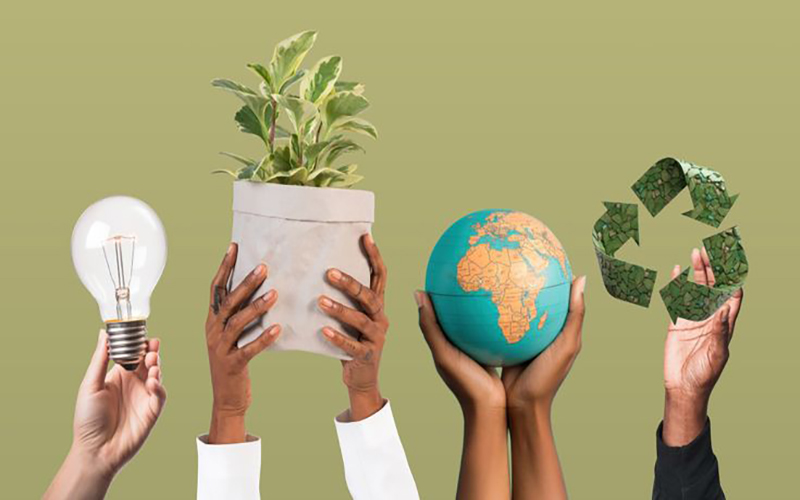
What Makes a Website Feel Trustworthy? (It’s More Than Just a Pretty Design)
Introduction: You’ve landed on a website. It loads fast, looks clean… but something just feels off. You don’t scroll. You don’t click. You bounce. We’ve all been there. So what separates a trustworthy website from the forgettable ones? Spoiler alert: it’s not just about fancy fonts and sharp colors. 1. Clear Messaging Wins Every Time […]
Read More
Why Your Brand Needs a Personality (And How to Find It)
Introduction: Let’s face it — people don’t fall in love with logos. They fall in love with personalities. When your brand feels human, it becomes relatable, memorable, and trusted. Whether you’re running a startup or a seasoned business, developing a brand personality is no longer optional — it’s the heartbeat of how customers connect with […]
Read More
The Hidden Power of Good Website Design: It’s More Than Just Looks
Introduction: Let’s clear something up — a website is not just a digital business card. It’s your online handshake. The welcome mat to your brand. And while flashy animations and trendy fonts might catch an eye, they don’t guarantee trust or conversions. Good website design is about function, feel, and flow. And when done right, […]
Read More
Why Your Business Needs a Story, Not Just a Logo
Introduction: Let’s be honest — in today’s world, consumers are overwhelmed with brands. Logos, ads, catchy taglines — all shouting for attention. But what makes people stop scrolling, pay attention, and remember? A story. A good story makes your brand human. It gives it a soul. And in a marketplace flooded with options, a brand […]
Read More
The Impact of Augmented Reality (AR) on Consumer Shopping Behavior
Introduction: The retail landscape is rapidly evolving, and one of the most exciting advancements in recent years is Augmented Reality (AR). With its ability to blend the digital and physical worlds, AR has changed how consumers interact with products, make purchasing decisions, and experience brands. From virtual try-ons to interactive store displays, AR is reshaping […]
Read More
The Evolution of E-Commerce: How Personalization Is Shaping the Future of Online Shopping
Introduction: E-commerce has evolved significantly over the past decade, but one of the most impactful changes in the online shopping landscape is personalization. As consumers become more tech-savvy and demand more tailored experiences, businesses are turning to sophisticated technologies to meet these expectations. Personalization is now a key driver of customer satisfaction, engagement, and ultimately, […]
Read More
The Impact of Voice Search on E-Commerce: How to Optimize for the Future of Shopping
Introduction: As voice-activated assistants like Siri, Alexa, and Google Assistant become increasingly popular, the way we search for products and services online is changing. Voice search is no longer a futuristic concept but an everyday tool for millions of consumers. As voice search grows in use, it’s reshaping how businesses and brands need to think […]
Read More
How Artificial Intelligence is Shaping the Future of Customer Service
Introduction: Customer service has always been the backbone of any business, but as technology continues to evolve, so too do the ways companies interact with their customers. Artificial Intelligence (AI) is playing an increasingly vital role in revolutionizing customer service, transforming the way businesses engage with clients and address their needs. From chatbots providing instant […]
Read More
The Rise of Sustainable Business Practices: Why Going Green is the Future
Introduction: In today’s world, sustainability is no longer just a buzzword—it’s a critical factor influencing business success. As climate change, environmental degradation, and social responsibility become more pressing, companies are being called upon to improve their bottom line and contribute to a healthier planet. Sustainability in business isn’t just about reducing carbon footprints—it’s about adopting […]
Read More
The Future of Work: How Remote Teams Are Shaping the Modern Workforce
Introduction: The workplace is changing rapidly. What was once a traditional office setting with in-person meetings and on-site collaboration has shifted toward a more flexible and decentralized model. Remote work has exploded in popularity, and it’s not just a temporary shift—it’s becoming a permanent part of how businesses operate. As we look to the future, […]
Read More